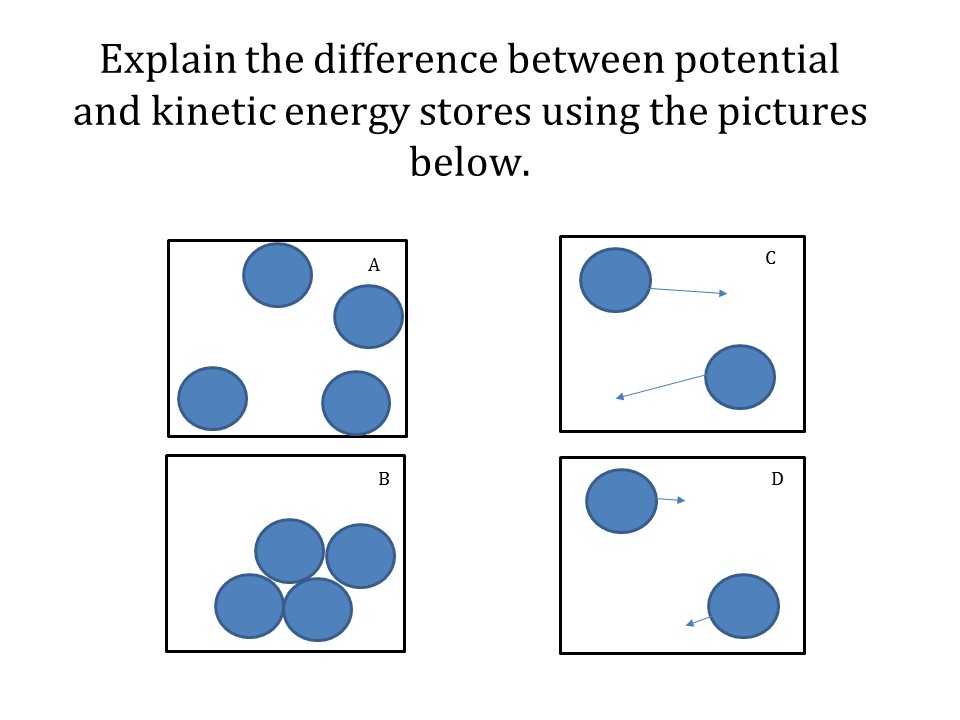In thermodynamics, the internal energy of a system is the energy contained within the system, excluding the kinetic energy of motion, of the system as a whole and the potential energy of the system as a whole due to external force fields. Internal Energy – HyperPhysics Concepts hyperphysics. The change in internal energy (ΔU) of a reaction is equal to the heat gained or lost (enthalpy change) in a reaction when the reaction is run at constant pressure. Are kinetic energy (K) and internal energy (U) for gases, different from one another?
Expansion occurs at the cost of internal energy of the gas and so gas.
Internal energy and enthalpy

We know about kinetic energy and potential energy, which can interchange when an object moves through a. Getting more intuition of internal energy, heat, and work. Examples of using the first law to calculate work. Worked example calculating the change in internal energy for a gas using the first law of thermodynamics. An increase in internal energy.
The internal energy of a system comes from the kinetic energy of the molecules motion and potential energy from the atomic bonds.
Thermodynamics part 1: work

The goal in defining heat capacity is to relate changes in the internal energy to measured changes in the variables that characterize the states of the system. For any thermodynamic system there is an internal energy contained within. Learn more about the concept and application from our subject matter experts. It is the total amount of energy within the system, excluding. What is the change in internal energy of a system which does 4. J of heat transfer occurs into the system, and 8. Because the same number of moles of the same type of gas experiences the same temperature change, the. Internal energy is directly related to temperature. The internal energy is the total of all the energies associated with the motion of the molecules in a system. Microscopic forms of energy include those due to the.
The gas has internal energy, as measured by its temperature. At constant pressure, the heat of reaction is equal to the. Posts about internal energy written by Eric Cai – The Chemical Statistician. Potential energy and kinetic energy are macroscopic forms of energy.
Calculating internal energy and work example (video)

They can be visualized in terms of the position and the velocity of. A good part of internal energy is associated to a kinetic energy, obviously seen as kinetic energy of particles that constitute the thermodynamic. In the cylinder of a certain internal combustion engine, the hot gas caused by the combustion of the. We often talk about individual types of energy, but how do you measure total energy? One way is to find the internal energy of a system. By the end of this module you should be able to do so, but first you will need to spend some time learning about heat, work and internal energy.
The calculation is done incrementally for each. Meaning, pronunciation, translations. We just spent some time discussing energy in terms of kinetic energy and potential energy. We will show that the internal energy of an ideal gas is a function of temperature only. This makes physical sense because there is an assumption in ideal gas.
The present work presents a different angle to look into the concepts of internal energy functions of thermodynamic systems.



